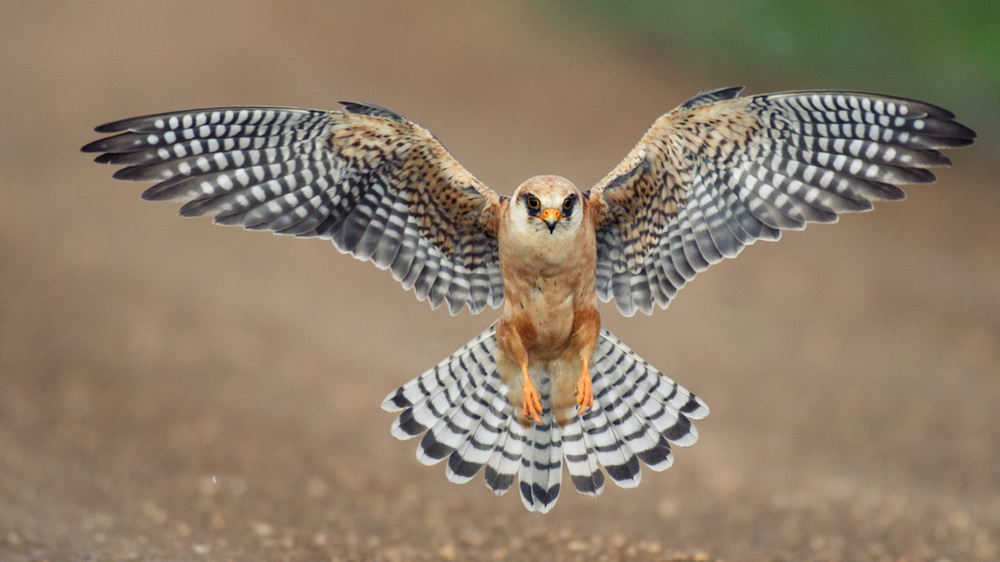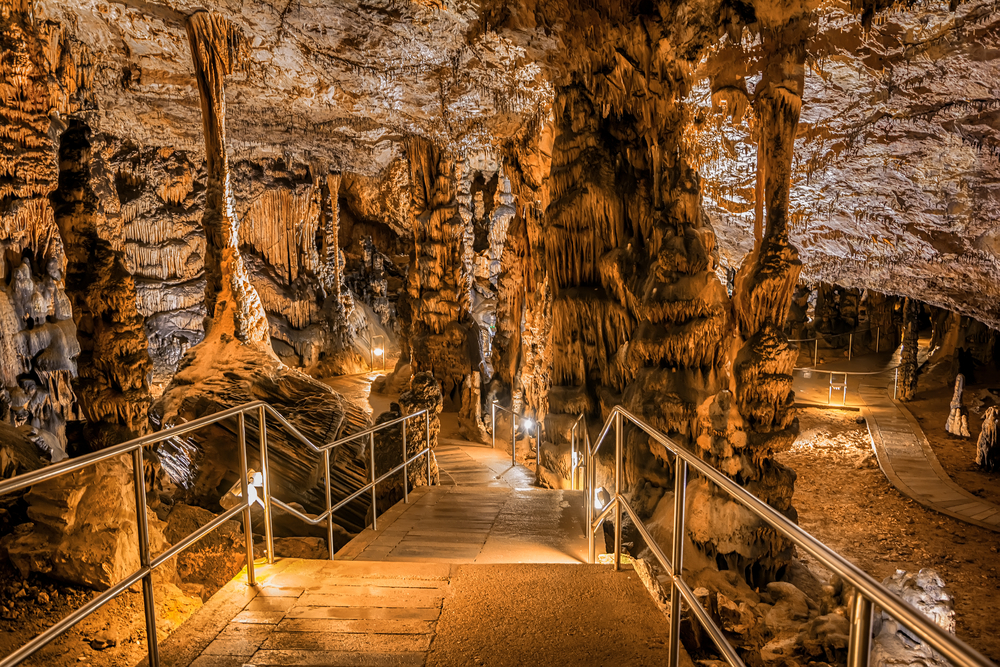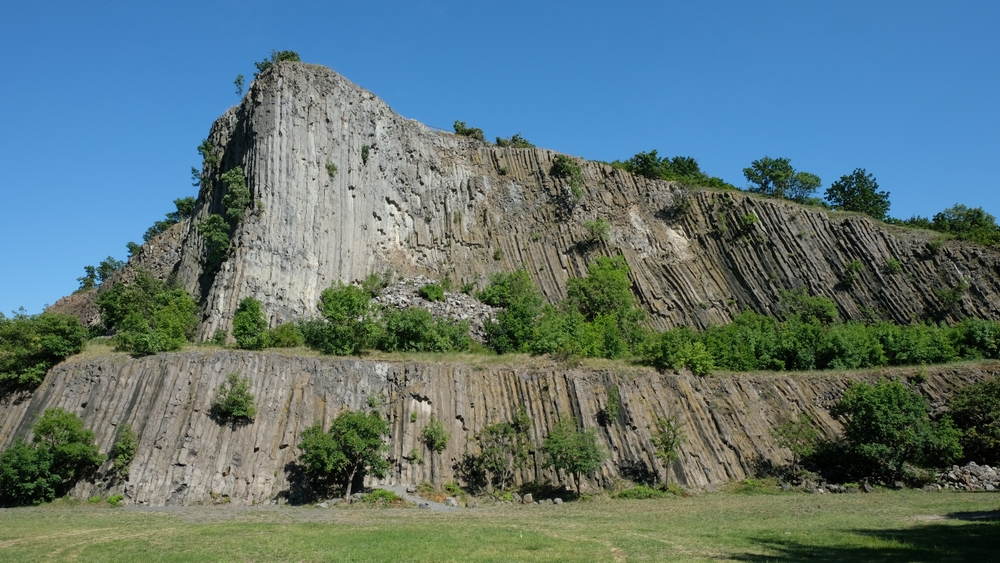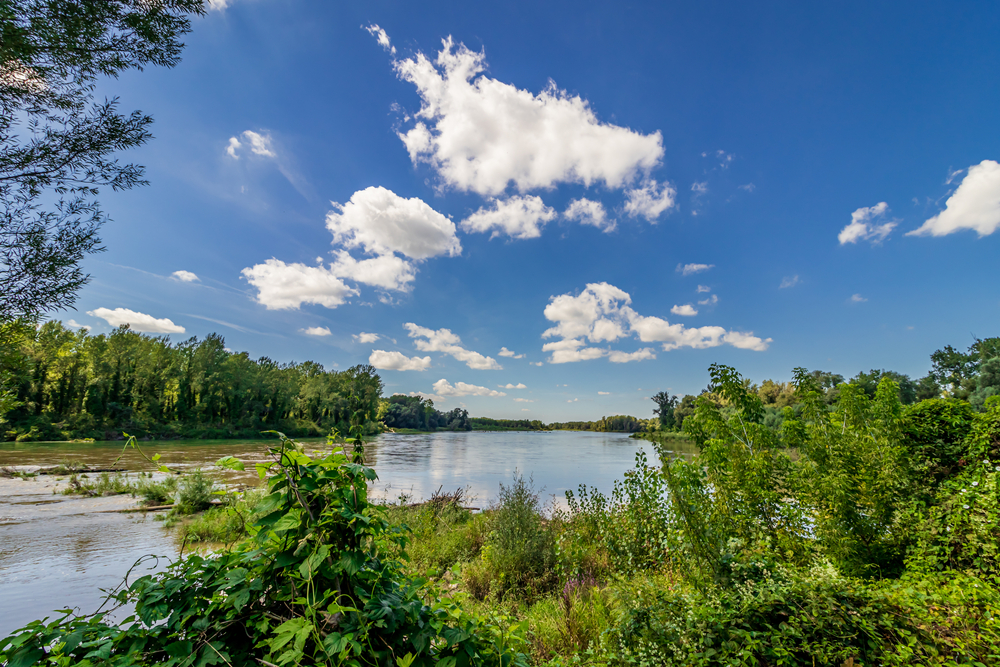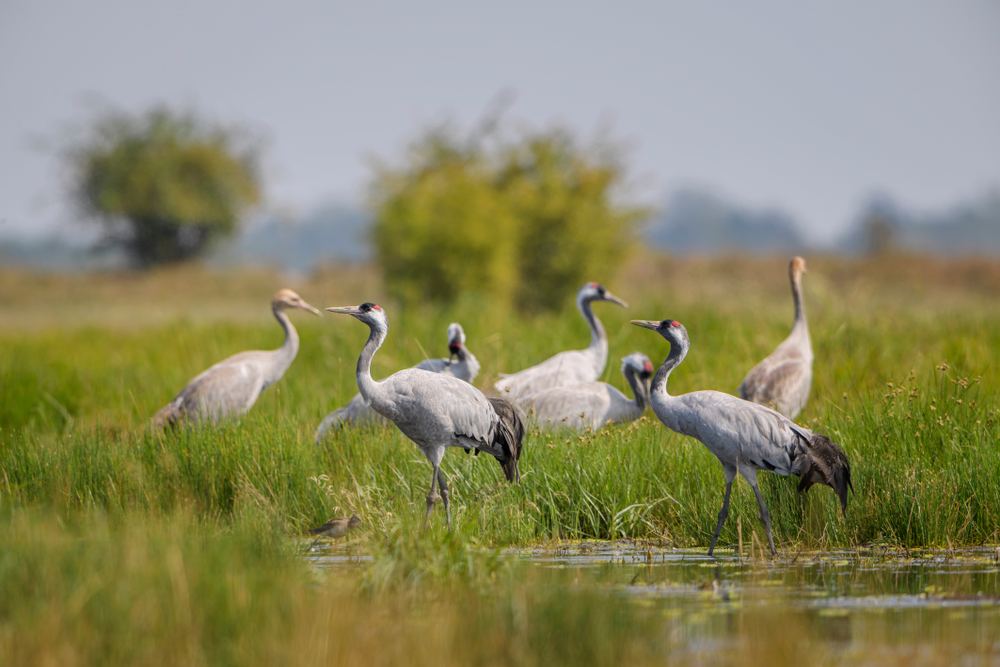Kiskunság Overview
Kiskunság National Park, known locally as Kiskunsági Nemzeti Park, is located in central Hungary, covering an area of approximately 191 square miles (496 square kilometers).
Established in 1975, the park is situated between the Danube and Tisza rivers, featuring a diverse and fragmented landscape composed of nine separate units. It is characterized by a unique mosaic of sand dunes, alkaline lakes, wetlands, and steppe grasslands, making it one of the most ecologically diverse regions in Hungary.
The park lies within the Pannonian Basin, a lowland area shaped by wind-blown sand and ancient riverbeds. The Fülöpháza Sand Dunes are one of its most distinctive features, where shifting sands create a desert-like environment rarely found in Central Europe. Additionally, the alkaline lakes, such as Lake Kolon and Lake Fehér, provide essential wetland habitats that attract a wide variety of bird species and contribute to the park’s rich biodiversity.
The vegetation of Kiskunság National Park reflects the diversity of its terrain. The sandy regions are home to drought-resistant plants, including juniper, sea buckthorn, and sandy grasslands dominated by feather grass. In contrast, the wetter areas feature reed beds and sedge meadows, which provide a critical habitat for many bird and insect species.
The Puszta, or steppe, is a defining element of the park’s landscape, resembling the vast open plains more commonly associated with Eurasian grasslands. These natural ecosystems are interspersed with patches of oak and poplar forests, which support a variety of wildlife.
Kiskunság National Park is particularly known for its rich avian population, making it a premier birdwatching destination. The park provides a critical breeding and migration stopover site for numerous bird species, including the great bustard, which is one of Europe’s heaviest flying birds. Other notable species include the white-tailed eagle, black stork, red-footed falcon, and various herons and egrets that thrive in the wetland areas.
The park’s mammalian inhabitants include the European ground squirrel, red fox, roe deer, and wild boar, which roam the steppe and forested regions. Amphibians and reptiles such as the European pond turtle and the smooth snake can also be found in the park’s diverse habitats.
Visitors to Kiskunság National Park can explore its landscapes through a variety of activities, including hiking, cycling, and guided nature walks. The park features several designated trails and observation towers that allow visitors to experience the unique beauty of its wetlands and grasslands while offering excellent opportunities for wildlife viewing.
Birdwatchers can visit the protected wetland areas with local guides to observe rare and migratory species. In addition to its natural attractions, the park also provides insight into Hungary’s cultural heritage through traditional farming exhibits, showcasing ancient pastoral lifestyles and the historic relationship between people and the land.
The Bugac Puszta region, in particular, is known for its demonstrations of traditional Hungarian horsemanship, where visitors can witness skilled riders performing age-old equestrian techniques.
Conservation efforts within Kiskunság National Park focus on habitat restoration, wetland preservation, and the protection of endangered species. Management programs have successfully maintained the delicate balance between agricultural activities and biodiversity conservation, ensuring the sustainability of the park’s ecosystems.
Despite challenges such as habitat fragmentation and climate change, ongoing efforts by local conservation organizations and international collaborations have contributed to the park’s resilience. Kiskunság National Park remains a vital refuge for wildlife and a significant natural treasure within Hungary’s protected areas.








































































